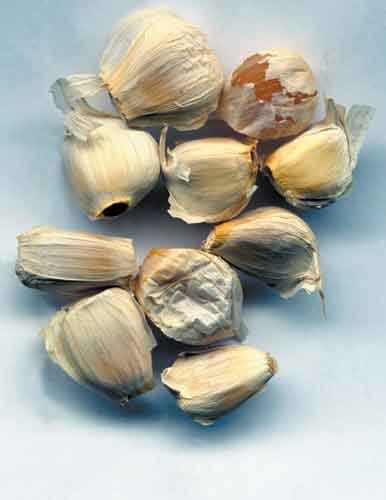Let’s start this edition with a story. I was getting groceries
last week and came out of the store to find a car parked next to
mine with a dog locked inside. All the windows were closed and it
was a warm afternoon. So I waited a few minutes until the owner
came out of the store and got into his vehicle. I walked over to
talk to him about his dog.
”
Kinda warm for him isn’t it?
”
I asked. His answer was a one-finger salute as he drove off.
This guy knew he was wrong and he knew he’d been caught doing
it.
Let’s start this edition with a story. I was getting groceries last week and came out of the store to find a car parked next to mine with a dog locked inside. All the windows were closed and it was a warm afternoon. So I waited a few minutes until the owner came out of the store and got into his vehicle. I walked over to talk to him about his dog. “Kinda warm for him isn’t it?” I asked. His answer was a one-finger salute as he drove off. This guy knew he was wrong and he knew he’d been caught doing it.
Actually, that story was the start of a column I wrote about two years ago. But the same thing happened to me just this past week in a parking lot in Gilroy. It was an unusually sunny February day and the temperature was probably about 65 degrees. Inside this car, I’ll bet the temperature was considerably warmer. I guessed that the poor pooch inside had been stuck in there, with the windows rolled up, for at least an hour. He was obviously distressed, panting very hard.
His owner came out of the store and saw me standing near his car. He ran over sounding genuinely concerned. “Is anything wrong?” he asked. I started to tell him about my concern, when he interrupted me. “Listen, mister. It’s not that warm in the car on a day like this and this is none of your business anyway.” With that he got in the car and drove off in a huff. Funny thing, though. He hadn’t even backed out of his parking space before he rolled down not one, but two windows! I guess it was pretty warm in that car after all.
Let me repeat what I said in that column two years ago. It’s time for us to take a stand. Every one of us needs to become proactive and do something to stop stupid people from inadvertently injuring or killing their pets. There are too many people like this fellow that think it’s all right to leave their pet in a car in the sun. I don’t care how cool it is outside. A closed car heats up in the sun in a big hurry. It’s NOT all right to leave any animal in a parked car in the sun. And if you see something like this, it’s your duty to report it. Call the police. Let’s put a stop to this. End of story.
Q:
I recently heard grapes, raisins, onions and garlic are poisonous to dogs. Is this true? How can common foods considered healthy for humans be harmful to pets?
A:
Actually, there is some truth to these claims. But it’s not quite as bad as it sounds. That’s because it takes a large amount of these foods to cause problems.
Onions and garlic belong to the same plant family and have similar characteristics. As seasonings, they’re absolutely harmless to animals. But if eaten in large amounts, they can cause hemolytic anemia, a potentially fatal disease where red blood cells are destroyed.
I once helped treat a herd of cattle where several had mysteriously died and their only symptom was hemolytic anemia. These cows were being fed the culls from garlic and onion fields and these foods were a large part of their diet. We examined the situation and ran some tests to confirm our diagnosis. And once this farmer quit feeding these leftovers to his cows, the problem disappeared.
I’ve seen reports that smaller dogs can develop hemolytic anemia if fed whole onions, cooked or raw. But think about it. How many dogs would eat a whole onion? I’ve never seen a case of onion or garlic toxicity in small animals. And I’ve seen quite a few dogs that are fed a lot of garlicky food. Nonetheless, keep whole onions and garlic away from your pets, just to be safe.
Grapes and raisins also may not be as safe as you think. Truth is they can be downright dangerous for some dogs. I reported this in October, 2003, when we had first heard about the potential dangers of grapes. A local dog had eaten a large amount of grapes during the week-long harvest from a backyard vineyard. He was exhibiting signs of end-stage renal (kidney) failure. At the time, grape-induced renal disease was just being recognized as a problem in dogs. There were no published reports in the veterinary medical literature. Little information was available.
More data has since been compiled and as it turns out, grapes and raisins are, indeed potentially dangerous. Interestingly enough, not all dogs are adversely affected. In fact, there are quite a few trainers that have used raisins as bait for teaching tricks and have never seen any problems. But very few use this fruit anymore since news of the danger became more widespread.
One thing is clear. It seems that it takes a large quantity to be dangerous. But in those canines that fall ill after ingesting this fruit, the renal disease is severe and often fatal. No one knows exactly why this occurs. But it’s obvious that feeding grapes or raisins to dogs is risky.












